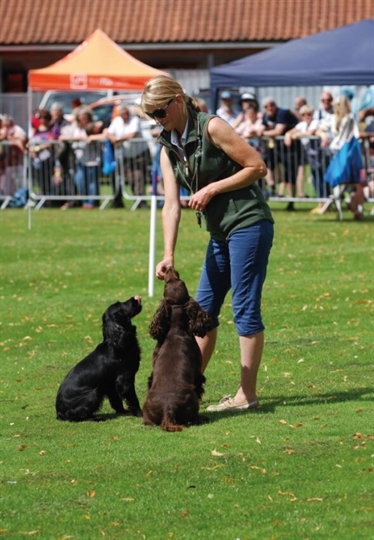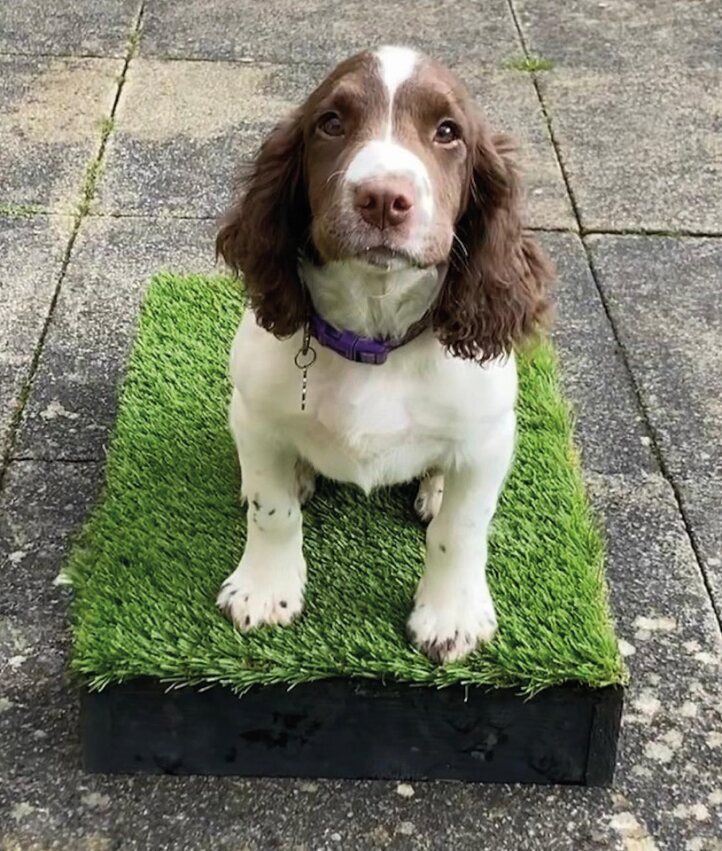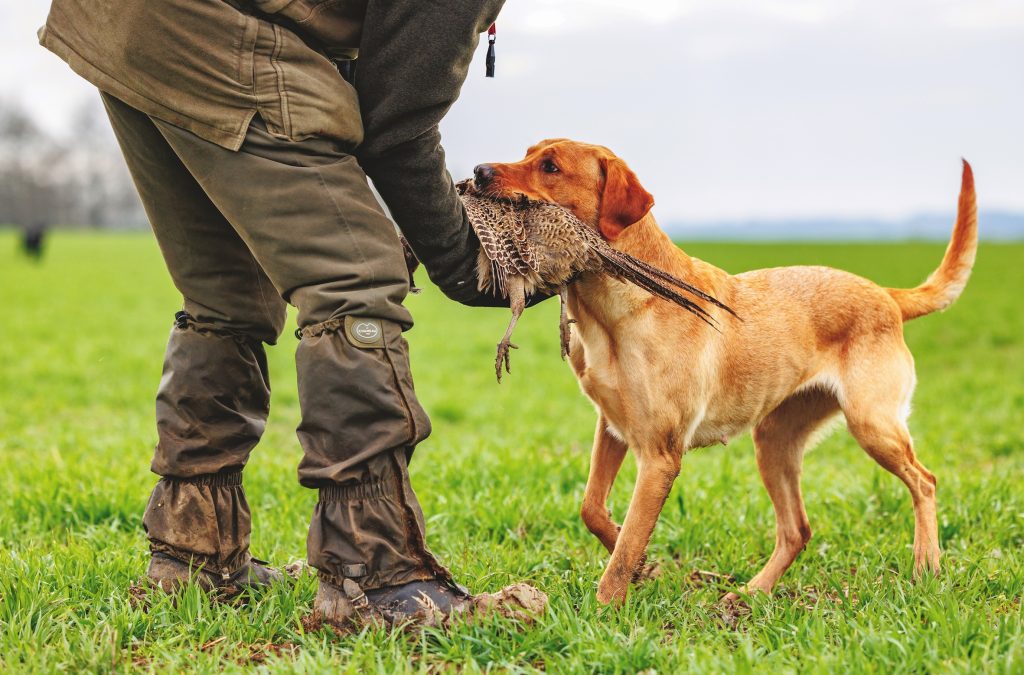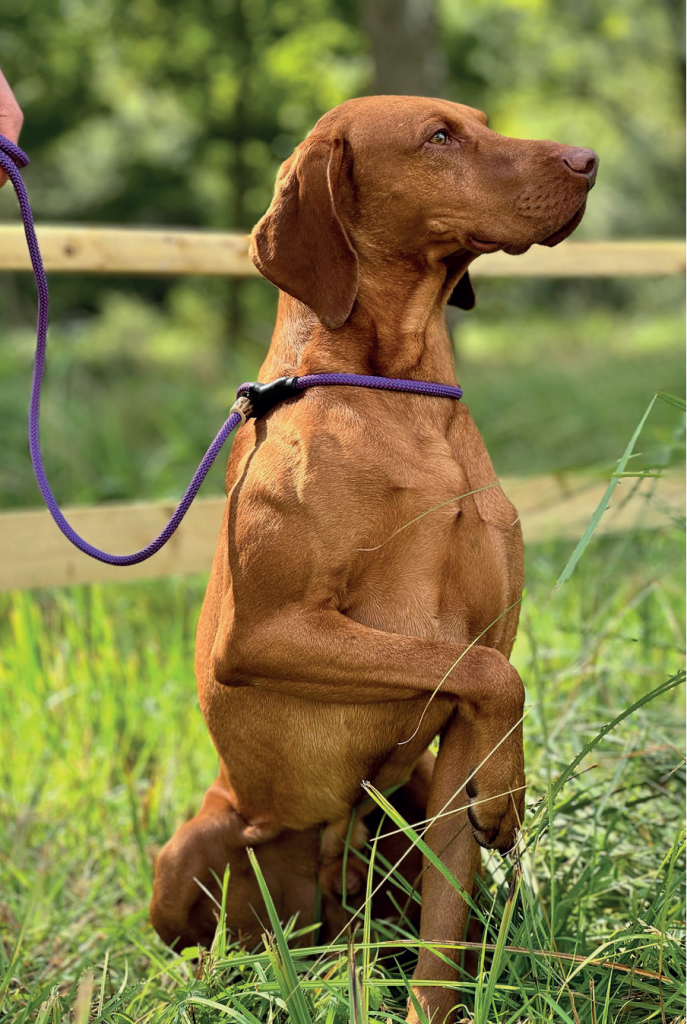Help or hindrance?
Ryan Kay looks at two areas that can divide opinion in gundog training – the use of treats and placeboards. How we perceive these things may be the real problem.

We’re currently busy working on a new project here at Farlavale, consisting of a library of subscription videos dedicated to spaniel-specific training from eight weeks to six months of age.
The product is called Spaniel-Pro and will hopefully be available to the public from the beginning of April this year.
During my research into video hosting for Spaniel-Pro I stumbled across a short clip of a man training a gundog with the title ‘Don’t praise your dog.’ Really? Not at all? No stroking? No treat? No verbal praise?
After a quick watch it became clear that the title was a little misleading and what he determined as praise, was treats and ‘giddy hands’ as I call them, where vigorous and over excitable stroking can bring a dog up off its bum and get it all revved up unnecessarily. The chap did use a little verbal praise with a light ‘Good boy,’ but was adamant that giving treats during training was simply not needed.
To treat or not to treat?
There are of course, levels and types of praise. Personally I use verbal praise, hands on (during certain training aspects) and treats. But I’ve nothing against those who choose not to, or use purely play or games as a reward. We’re all trying to get to the same goal of having a trained dog.
I can see why many people don’t feel the need to use treats, because the mainstream breeds, like cockers, springers and labs, are already willing and ready to learn. They are among the most biddable by nature and have stood the test of time. By this I mean that they’ve often put up with how inconsistent many of we humans have been in training them over the years and still manage to do a good job in the shooting field. A good labrador can still manage to make a poor handler look good.
Labs, bless them, have come through the sometimes harsh training of previous eras and are still here displaying the same devotion and loving their job. So whether you treat or don’t, it’s all about the job in the end, and any gundog trained properly via either ethos – treat or no-treat – will ultimately perform for the love of the task.
The reason I use treats, is that as long as a dog is food orientated I can encourage, shape and instantly reward a desirable behaviour in the early days of training. I can consistently, with good timing, develop an action or element very quickly, turning it into an established behaviour. Treats are simply another training aid.
Placeboards
Ah, the placeboard. Some swear by them, claiming they are best thing since sliced bread. Others hate them, saying that they can’t see how a tiny bit of fake grass on a bit of wood transfers to a gundog working in the shooting field.
I don’t use them, but again I have no concern about those who do. As I said before we’re all still trying to arrive at the same outcome. The reason some trainers like to use a board is that they believe it helps with such areas as a dog’s sit/wait and its delivery.
However, they are often more about assisting the handler. They provide a simple target and help the handler decide exactly where the dog should be – a focal point. A target where the handler knows the dog should go to or arrive back at. Many trainers use large plastic hula-hoops on the floor in a similar way.
For example, if I were to ask a client to walk out into the field with their dog at heel and then ask it to sit wherever they like, I’ve effectively given them the choice of a whole field. With some people this is detrimental as it encourages indecisiveness and less purposeful actions.
However, if I throw a hoop down in the field and say to the handler, “Walk out with your dog at heel and ask it to sit in the hoop,” it’s a different story. The handler now has one less decision to make and will walk out with real purpose and conviction, straight towards the target hoop.
It’s the same with placeboards, the decision of where a dog should sit is already made, as the handler knows that the dog should be there on the board every time. This helps some handlers carry out the method more adamantly and with confidence.
So having a placeboard can take away some thinking for the handler and perhaps contributes to a less erratic approach. It really does depend on your own ability and how confident and strict you are with yourself as a handler. The exact same result can of course be achieved without them as, like treats, placeboards are just another available training aid used to help the handler shape the desired action or behaviour.
Open minded
Here I’ve singled out two subjects that often divide opinions, but both have their place in gundog training. As a trainer, though, I need to remain open minded about all training aids. What if a dog isn’t food orientated, or a handler would clearly benefit from a target such as a hoop or placeboard? I then have to alter my approach accordingly, as no handler and dog pair are the same and training often requires tailoring to meet the needs of the partnership.
I sometimes hear it said: “Back in the day we never had stuff like that.” I think that’s a shame and we should consider ourselves fortunate that there are more techniques, methods and training aids than ever before. Trainers have an abundance of tools to draw upon and I feel the more training options we have available the better. If it subsequently means more trained dogs in the shooting field, working for more capable handlers, then surely that’s a good thing. It matters not what aid one person uses and another doesn’t; it’s more about what suits both dog and handler along the training journey.






